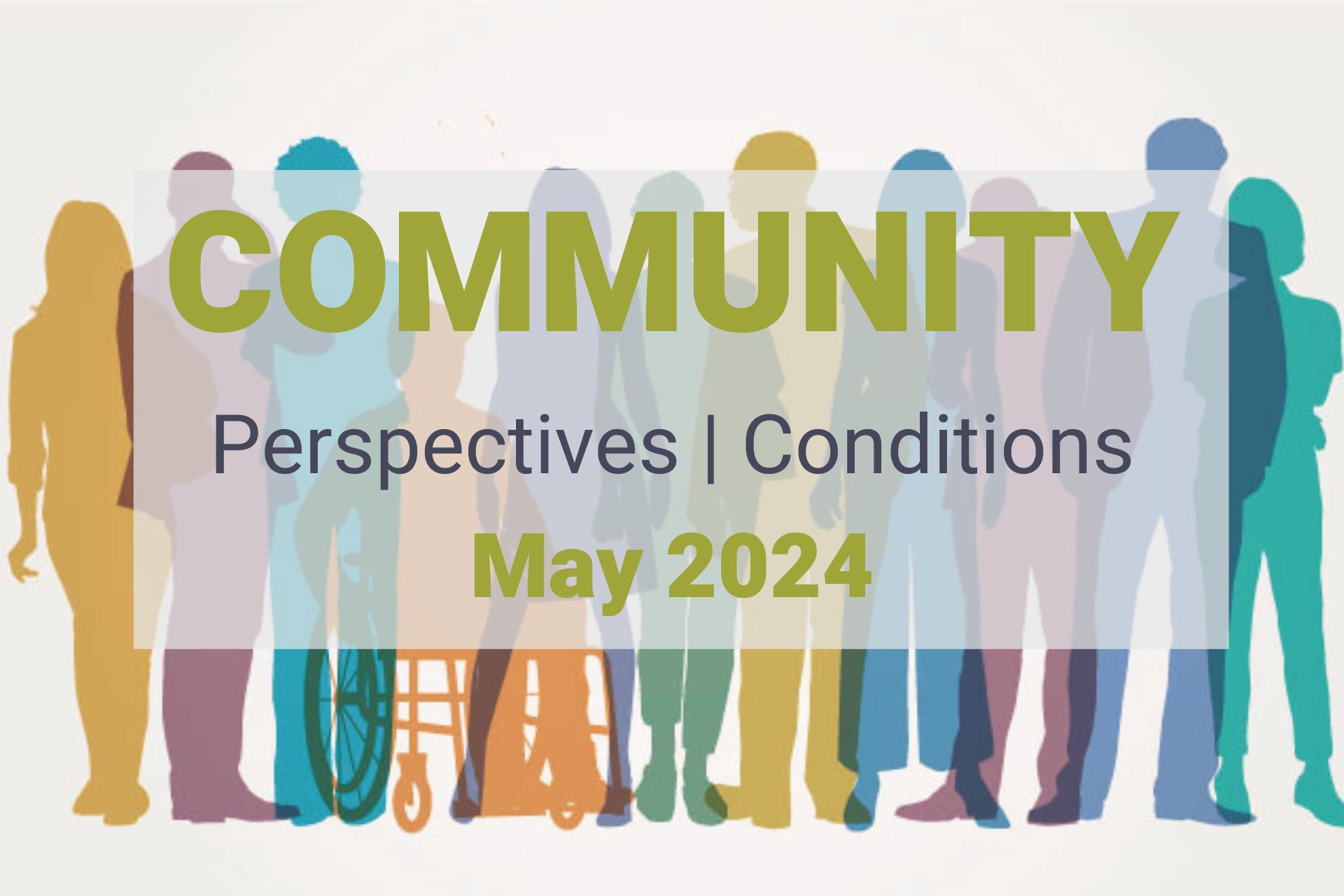Federal Reserve Banks across the country collect anecdotes from contacts and hone in on concerns for Federal Reserve Beige Book summaries, published eight times each year. Historically, insights about conditions affecting low- and moderate-income communities have come from the perspective of businesses. Several Reserve Banks began including “Community Conditions” and “Community Perspectives” sections in the fall of 2022. These sections provide insight into local changes through direct accounts of nonprofit and community leaders and workforce professionals serving lower-income people. Here are some takeaways from the July 2024 Beige Book, which was prepared at the Federal Reserve Bank of Richmond and is based on information collected on or before July 8, 2024.
Please note that the Beige Book summarizes comments received from contacts outside the Federal Reserve and is not a commentary on the views of Federal Reserve officials.
“Community leaders reported that housing costs and childcare availability have increasingly weighed on families in the District. Home prices, rents, and housing-related expenses such as insurance and property taxes have outpaced income gains making it difficult for many households to make ends meet. Further, the cost and availability of childcare have spurred workers in some parts of the District to forego employment opportunities to remain at home to care for children. Amid these challenges, housing advocates are optimistic about new legislation and policy proposals to adjust zoning and spur the availability of additional housing.”
– New York Fed, Federal Reserve 2nd District, Community Perspectives
“Contacts reported that elevated rents and food prices continued to stress low- and moderate-income households’ budgets. Several contacts said that demand increased for their emergency assistance programs over the last couple of months, with requests for food, housing, and utility assistance topping the list. To cope with increased demand for their services, one food bank contact mentioned handing out less food per visit to stretch their supply, while another contact shared that their organization was spending from reserves. Other contacts observed an increase in homelessness and noted that some households had their adult children and extended family members move in with them to ease some of the financial burden.”
– Cleveland Fed, Federal Reserve 4th District, Community Conditions
“Community, nonprofit, and small business contacts reported little change in economic conditions over the reporting period. State government officials again saw steady growth in tax revenue. Small business intermediaries continued to speak about the hiring and retention challenges of smaller employers, including nonprofits, who struggle to compete for employees in a tight labor market. Community Development Finance Institutions (CDFIs) reported that new sources of capital were creating opportunities for investment but were also challenging the capacity of CDFIs to administer the loans and the capacity of borrowers to find skilled trades people to do the work. Although inflation has moderated, higher prices continued to be a challenge for businesses and nonprofits (especially those with narrow margins or fixed revenue streams), as well as for low- and moderate-income families. The limited supply of affordable housing remains a persistent point of concern for many contacts.”
– Chicago Fed, Federal Reserve 7th District, Community Conditions
“Childcare prices continued to increase, and childcare providers reported parents were unlikely to see relief soon. Providers continued to face challenges in finding and keeping employees, particularly due to the inability to offer competitive pay. As such, several contacts noted some children may not be accepted due to staffing. Subsidy programs were a challenge as they only pay a fraction of what it costs to care for the child, and many providers have either stopped, or capped, their acceptance of subsidies. Contacts noted increasing liability insurance premiums are an emerging challenge for their business. One provider said their premiums increased 94% last year and another suggested a growing informal childcare network is operating without insurance due to the rising costs.”
– Kansas City Fed, Federal Reserve 10th District, Community Conditions
“Nonprofit service providers noted an uptick in demand, stemming from the severe weather events in late May. Some contacts noted difficulties in serving clients because their own organizations suffered damage and power outages. One contact noted that the storm-related loss of income puts some vulnerable small businesses, already operating on thin margins, at risk of failing. Housing affordability continued to be cited as a top concern facing low- to moderate-income households who are locating further out from the city into communities that lack reliable transit options, creating commuting challenges. Contacts noted that housing affordability was also impacting recruitment and retention of workers, including nurses, EMTs, and teachers. On the housing development side, one nonprofit executive said they could not build affordable units quickly enough to meet demand, largely due to increases in capital costs and the lack of gap financing.”
– Dallas Fed, Federal Reserve 11th District, Community Perspectives
“Communities across the District continued to confront widespread shortages in affordable housing and associated increases in housing insecurity. Demand for subsidized and employer-sponsored housing units increased of late, but the supply of affordable housing remained very constrained. Financial stress from elevated costs, particularly for rent, reportedly pushed families to move in together and individuals to find roommates to help pay rent. More broadly, several contacts noted that demand for community services remained high, while capacity from providers was constrained by limited funding and challenges attracting and retaining workers.”
– San Francisco Fed, Federal Reserve 12th District, Community Conditions
Visit the July 2024 Beige Book report for a full national summary and more information about economic conditions from each Reserve Bank, including labor markets, financial services, real estate, and more.









